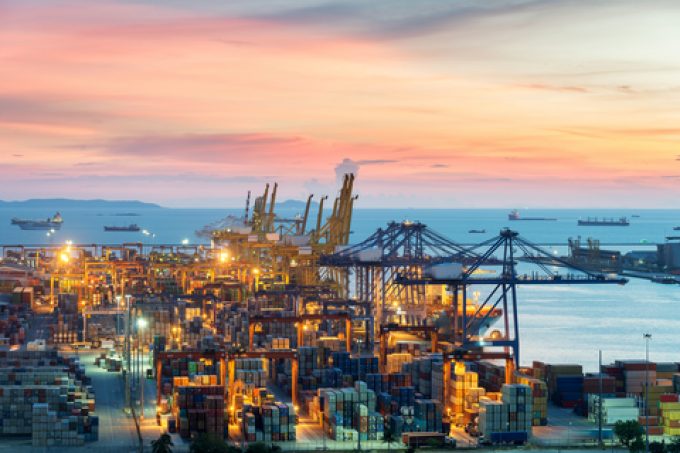Maersk dismisses fears over capacity constraints at key Gemini port
Maersk is confident that its key South-east Asia hub of Tanjung Pelepas (PTP) will handle ...

Reduced container shipping capacity on intra-Asia tradelanes has led to fewer sailings, higher rates and increased manufacturing costs.
As The Loadstar reported yesterday, shipping lines have deployed as much capacity as possible on the more-lucrative transpacific and Asia-Europe trades, leaving intra-Asia capacity down 11% and with 331,000 fewer slots than in 2020.
Naturally, this has had an impact on freight rates. According to Xeneta, in the first half of January, spot rates from the main Chinese ports to the main Japanese and ...
Maersk Air Cargo sees volumes fall as it aims for 'margin in favour of revenue'
Keep our news independent, by supporting The Loadstar
Container spot rates diverge: to Europe still falling, but firmer to the US
Hapag-Lloyd won't take bookings if port congestion leaves cargo stranded
Ecommerce likely the front-runner in resurge of transpacific trade after deal
Airfreight players eye new routes as demand on the transpacific nosedives
China-US trade tariff pause could drive a rebound for transpacific rates
Service chaos from trade ban with India a problem for Pakistan shippers
Airfreight rates ex-China 'loss-making', but hopes of a trade deal stay high
Indian coastal freight attracts major carriers, but regional tension disrupts
Serious threat to jobs in US logistics as tariffs cause economic 'stagflation'
APMM floats along on 'solid' Q1 profitability in Ocean, well prepared for choppy water


Comment on this article